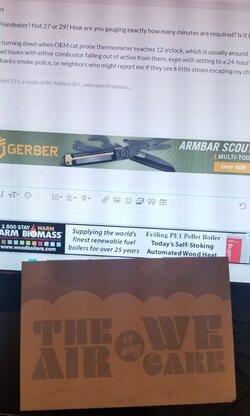Hey all. Looking to join the BK club. I was at the fireplace dealer the other day and saw a BK princess on clearance.
We currently run a small regency classic f1150 in the home. It is built in the 70s with vaulted ceilings and poly iso insulation above. House isn’t super sealed. 2x4 construction and fiberglass insulation in the walls.
Our unit is on second story above garage. It is small and our regency will often cook us out of the place except for in the colder days of December-February. Located in Western WA and get lots of wind at our place.
Anyways, I was looking at getting a 20 box BK. Because it’s smaller. But the 30 box princess on clearance may be too hard to pass up. Do you think it will cook us out of the house and be too big or no?
We currently run a small regency classic f1150 in the home. It is built in the 70s with vaulted ceilings and poly iso insulation above. House isn’t super sealed. 2x4 construction and fiberglass insulation in the walls.
Our unit is on second story above garage. It is small and our regency will often cook us out of the place except for in the colder days of December-February. Located in Western WA and get lots of wind at our place.
Anyways, I was looking at getting a 20 box BK. Because it’s smaller. But the 30 box princess on clearance may be too hard to pass up. Do you think it will cook us out of the house and be too big or no?



